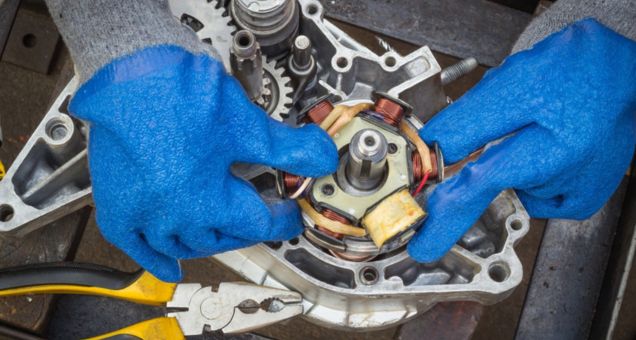
The role of quality electric two wheelers in India
In many developed countries, two-wheelers are a lifestyle statement. Typically, those who ride tend to use it as a hobby or recreation rather than just transport. Maybe, some do, but that’s probably a fraction of the entire two-wheeler fraternity there.
In India, it is the other way round. From the time two-wheelers became a thing here, sometime around the 1970s and 1980s, it has become a perfect transportation tool for the masses. Four-wheelers were the rich man’s toy, and two-wheelers, with their low running costs and ability to manoeuvre around narrow lanes both in crowded cities and villages, made it a no-brainer.
This sheer practicality has also been one of the driving forces behind electric two-wheelers. Somewhere in the beginning of this century, Indians got smitten by the convenience of automatic scooters. Over a period, they became more relevant than motorcycles when it comes to daily commute.
Electric scooters have been around India for some years now, albeit in unassuming guise. But the last couple of years, a push by the authorities for greener automobiles, volatile petrol prices and the presence of quality electric scooter options have made customers take notice of these machines. Initially, we saw many small-time, even fly-by-night operators trying to make inroads into the segment where big brands were not present. The lack of quality and reliable options also resulted in the aura of electric scooters getting a bit subdued.
Things have, however, changed as established players are now in the game. And one of the things most of them are trying to get right is quality and reliability, which is expected from any modern automobile. Although battery-powered vehicle technology has been around for over a century, it has only recently evolved to a level I that is seen as a strong enough alternative to petrol-powered machines.
In the last year alone, as the authorities woke up to the challenge of poor-quality electric vehicles, especially in the two-wheeler segment, infiltrating the market, the measures taken have meant established players and renowned companies associated with the world of automobiles now have a chance to meet the needs of customers without having to compromise with dubious imports.
As the concern towards a sustainable tomorrow grows, alternative fuels will play a crucial role in mobility doing its bit. The jury is split on whether battery-powered vehicles are the only answer? I believe maybe not. As technology evolves faster with every passing day, we will surely see more alternatives. However, battery-powered vehicles do make a great showcase of zero tailpipe emissions. As big companies and industries join the game, the onus would be. It should be, on creating a sustainable ecosystem beyond just zero tailpipe emissions. Having said that, this is a start. And a start is all that is needed to make a difference.
Girish Karkera
The author is Editor-in-Chief,





